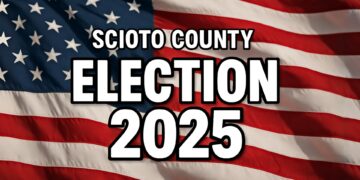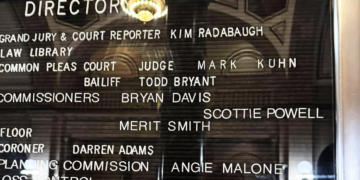When an urgent expense hits, finding a reliable way to handle it becomes the priority. Cash advance loans and personal loans often stand out because they offer two distinct paths to address urgent expenses. Cash advances focus on quick access and short repayment terms, while personal loans offer a more structured approach for longer-term needs.
Each option has its own rhythm and understanding that makes choosing between them much clearer. Their timelines and requirements can shape how manageable the situation becomes once repayment starts. Let’s take a closer look at how these tools function when fast, practical decisions are on the line.
Today’s Emergency Credit Choices
Emergency borrowing in 2025 mostly runs through digital tools rather than old storefront models. Paycheck advances, wage-access features, and fast cash advance apps often take the lead when someone needs immediate support. Personal loans remain part of this landscape as well, offering a more structured option for emergencies that extend beyond a single pay cycle.
A cash advance prioritizes speed, typically repaid by the borrower’s next paycheck, while a personal loan spreads repayment over time through scheduled installments. This structure appeals to borrowers who want greater predictability when handling an urgent cost that will not be resolved in a single cycle.
For those who prefer a more organized repayment style, providers like CreditNinja may be an option, as they offer personal loans that can serve as an alternative to traditional cash advance products. Their format gives borrowers another way to deal with short-term needs while keeping payments more manageable. Having both cash advances and installment-style personal loans in the mix allows borrowers to match the product to the timing of their situation.
Why Personal Loans Anchor Larger Emergencies
Personal loans work well for larger emergencies because they follow a clear installment schedule that spans a defined timeline. Lenders take a closer look at income patterns and existing obligations before approval, which slows the process slightly but yields terms easier to manage over several months. This added structure becomes useful when an expense cannot be handled in a single pay cycle.
Borrowers often opt for personal loans when emergencies involve multiple stages or follow-up costs, as the predictable schedule allows for careful planning without cramming all payments into a single window. When a situation demands stability rather than speed alone, an installment plan usually aligns better with the way extended expenses unfold, making personal loans a strong fit for longer-term emergencies.
How Cash Advance Loans Work Under Pressure
Cash advance loans are built for situations that demand quick action. They use a streamlined review process that focuses on income patterns and active account history, which keeps approval fast and predictable. This design makes them useful when the expense is small, time-sensitive, and best handled within a short repayment window.
Many borrowers use cash advances as a tactical tool to bridge brief gaps. The structure works well when the goal is to manage a one-time cost and return to a regular budget on the next pay cycle. Lenders and regulators continue to improve clarity around terms and timing, helping borrowers understand the full workflow before moving forward. When paired with a well-defined need and a clear exit plan, cash advances can play a precise role in short-term emergency management.
Cash Advance Patterns That Stand Out
Cash advance loans are designed for fast-moving situations where timing matters. Lenders base approvals on income patterns and recent account activity, keeping the process predictable. This setup works best for small, time-sensitive expenses that can be repaid quickly.
Many borrowers use cash advances to bridge brief gaps, especially for one-time needs. The structure allows costs to be covered promptly without major disruption to a regular budget. Recent updates from lenders and regulators have also clarified terms and timelines, giving borrowers a clearer picture before committing.
The main challenge with cash advances is repeated use, as taking multiple loans back-to-back can create ongoing obligations. Timing conflicts can also arise if automatic debits coincide with regular bills, putting pressure on the same pay period. These patterns highlight why transparency is a top priority in small-dollar lending and why installment-style personal loans are often seen as a steadier option for emergencies that extend beyond a single cycle.
Smart Paths to Quick Funding
Smart borrowing in 2025 comes down to choosing the structure that fits the situation. Cash advances handle quick, one-time fixes, while personal loans support longer repairs with steadier terms. Both tools work when matched to the right timeline and backed by clear expectations. A borrower who studies how each option behaves gains more control during stressful moments. Understanding repayment schedules, fees, and potential impacts on future cash flow further strengthens decision-making. The right choice turns an urgent expense into a manageable plan instead of a lingering problem.






















































































